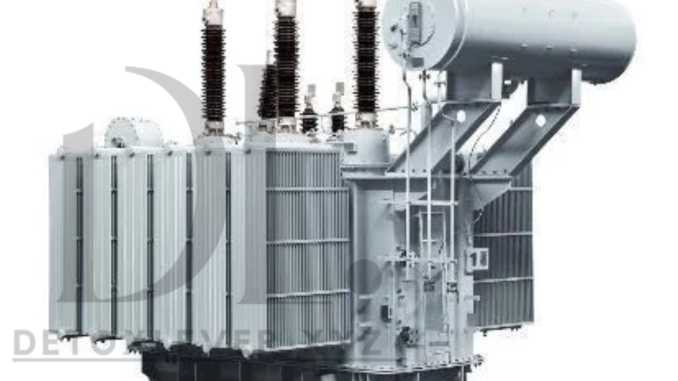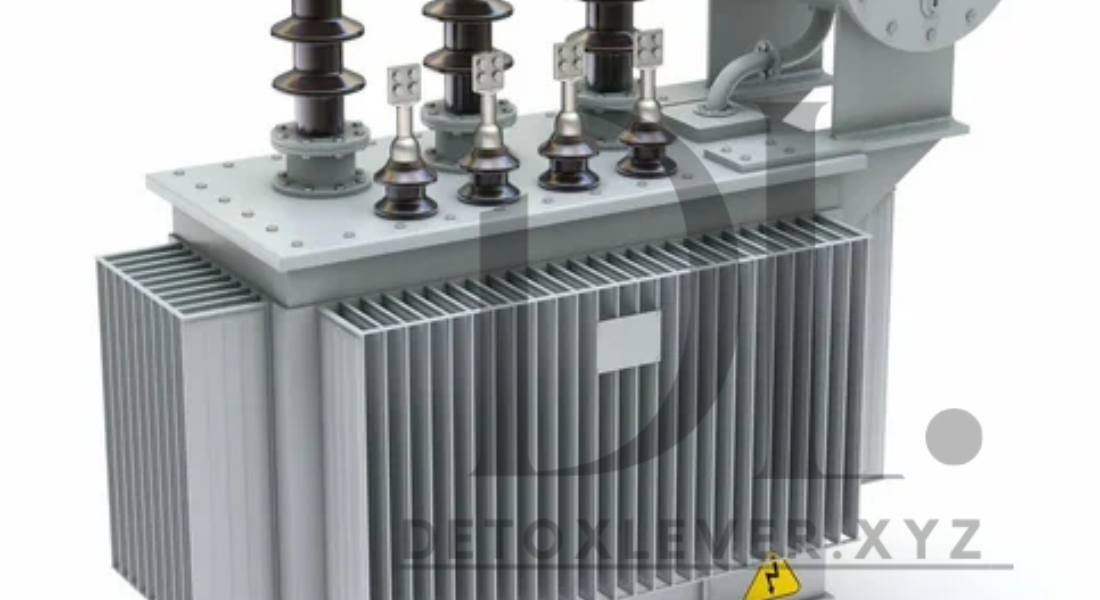
Transformers are integral components in electrical power systems, playing a critical role in voltage conversion for various industrial, commercial, and residential applications. However, like any electrical equipment, transformers can experience issues that disrupt their normal operation. Troubleshooting transformer problems quickly and effectively is vital to avoid costly repairs, minimize downtime, and ensure system reliability.
In this guide, we’ll discuss transformer troubleshooting tips to help you diagnose and resolve common transformer issues. Whether you’re dealing with electrical, mechanical, or thermal problems, these expert troubleshooting tips will help you get your transformer back to optimal working condition.
Common Transformer Issues and Symptoms
Before diving into troubleshooting steps, it’s important to familiarize yourself with common transformer problems. Each issue may manifest in different ways, depending on the nature of the fault.
1. No Output Voltage
One of the most critical issues is when a transformer provides no output voltage. This can occur due to various reasons, including:
- Open Circuits: Wires or connections might be loose or broken, resulting in no current flow.
- Blown Fuses: Fuses designed to protect the transformer can blow in the event of an overload or short circuit.
- Faulty Windings: Open or shorted windings can result in a loss of voltage output.
2. Overheating
Overheating in a transformer can lead to insulation breakdown, which further compromises the transformer’s integrity. The key causes of overheating include:
- Overloading: When the transformer is subjected to a load that exceeds its rated capacity, it can overheat.
- Poor Ventilation: Inadequate cooling due to blocked vents or poor airflow.
- Faulty Cooling System: If the transformer uses an oil cooling system, issues like oil leakage or low oil levels can cause temperature rise.
3. Noise Issues
Excessive humming or buzzing sounds emanating from a transformer are often indicators of a malfunction. The causes can include:
- Core Magnetization Issues: Magnetic field irregularities within the transformer core.
- Loose Parts: Vibrations from loose components or damaged insulation materials.
- Resonance: Transformer operation at certain frequencies that cause unwanted noise.
4. Transformer Oil Leaks
Transformers that use oil for insulation or cooling may experience oil leaks, which can lead to fire hazards, decreased insulation resistance, and system failure.
- Seal Failures: Worn or damaged seals can allow oil to escape.
- Cracked Housing: Physical damage to the transformer housing may cause oil leakage.
Now that we have identified some common transformer issues, let’s look at essential troubleshooting tips to help diagnose and resolve these problems.
Transformer Troubleshooting Tips
1. Check Input Power Supply
Before diving deeper into the transformer itself, ensure the input power supply is functioning correctly. Often, the issue lies in the supply rather than the transformer. To check this:
- Use a multimeter to measure the input voltage and verify it matches the transformer’s rated input voltage.
- Ensure circuit breakers and fuses are not tripped or blown.
- Check for proper grounding in the electrical system to prevent electrical faults.
2. Test for Open Circuits or Short Circuits
If your transformer isn’t providing the expected output voltage, check for open or short circuits in the primary and secondary windings. Use an ohmmeter or multimeter to measure resistance:
- Open Circuit: If you measure infinite resistance, it indicates a break in the winding or connection.
- Short Circuit: Low resistance between the windings suggests a short circuit, which can occur due to insulation failure or physical damage.
If you find open or short circuits, rewiring the transformer or replacing the faulty component may be necessary.
3. Examine and Replace Fuses
A blown fuse is one of the most common reasons for a transformer to lose power. Fuses are designed to protect transformers from overloads or faults. To check the fuse:
- Remove the fuse from the transformer and visually inspect it for any signs of damage.
- Use a continuity tester or multimeter to confirm if the fuse is blown. If there’s no continuity, replace the fuse with the correct rating.
If the fuse blows immediately after replacing it, further investigation is needed to identify the underlying issue.
4. Inspect for Overheating
Overheating can cause severe damage to transformer windings, insulation, and oil. Follow these tips to prevent or address overheating:
- Check for Overload: Ensure that the transformer is not operating above its rated capacity. Calculate the load and compare it with the transformer’s rated capacity.
- Verify Cooling Systems: If the transformer uses air or oil cooling, ensure that vents, fans, or oil levels are not obstructed.
- Monitor Temperature: Use an infrared thermometer to measure the surface temperature of the transformer. If it exceeds the recommended limit, the transformer may need additional cooling or load reduction.
5. Inspect for Oil Leaks
Oil leaks are common in transformers that use oil for cooling and insulation. To check for oil leaks:
- Inspect the external surfaces of the transformer for signs of oil leakage or stains.
- Check the oil level in the oil tank. If it’s low, add the recommended oil type.
- If you find an oil leak, investigate the cause. It could be due to cracked seals, gaskets, or physical damage. Depending on the severity, you may need to replace seals or even the entire transformer.
6. Test for Insulation Resistance
Insulation breakdown is a common cause of transformer failure. Use a megohmmeter (insulation resistance tester) to check the insulation resistance of both primary and secondary windings.
- A low insulation resistance reading (below the recommended value) indicates that the insulation has deteriorated, potentially due to moisture ingress, aging, or overheating.
- If insulation resistance is low, consider drying or replacing the insulation or even rewinding the transformer if necessary.

7. Perform Acoustic Testing for Noise
Transformer noise, such as humming or buzzing sounds, can be a sign of mechanical or electrical issues. To troubleshoot transformer noise:
- Inspect Core and Laminations: Core magnetization issues or loose laminations can cause excessive noise. Tighten or replace components as necessary.
- Tighten Loose Parts: Loose bolts, clamps, or parts can vibrate and produce noise. Ensure all parts are securely fastened.
- Check for Resonance: Transformers can sometimes resonate at specific frequencies, especially if they are exposed to certain external electrical signals. This may require design adjustments or operational changes.
Additional Transformer Troubleshooting Best Practices
Regular Maintenance
Regular maintenance can help prevent transformer issues before they arise. Perform periodic inspections, test insulation resistance, check oil levels, and ensure cooling systems are functioning correctly.
Use Protective Devices
Protective devices such as circuit breakers, fuses, and surge protectors can safeguard transformers against overloads, short circuits, and other electrical faults, minimizing the risk of damage.
Document All Troubleshooting Actions
Keep detailed records of any troubleshooting activities, including the steps taken, parts replaced, and measurements recorded. This documentation will help with future diagnostics and troubleshooting.
Conclusion
Effective transformer troubleshooting requires a systematic approach to diagnosing and resolving electrical, mechanical, and thermal issues. By following the transformer troubleshooting tips outlined above, you can ensure that your transformer remains in optimal working condition, providing reliable and efficient service. Regular maintenance, careful inspection, and prompt attention to potential issues can significantly extend the lifespan of your transformer and avoid costly repairs or replacements.
Remember, safety is paramount when working with electrical equipment. Always follow safety protocols, including de-energizing the system before performing any troubleshooting or maintenance tasks. If you’re unsure about any aspect of transformer repair or diagnostics, consider consulting a professional to ensure proper handling and repair.
Leave a Reply